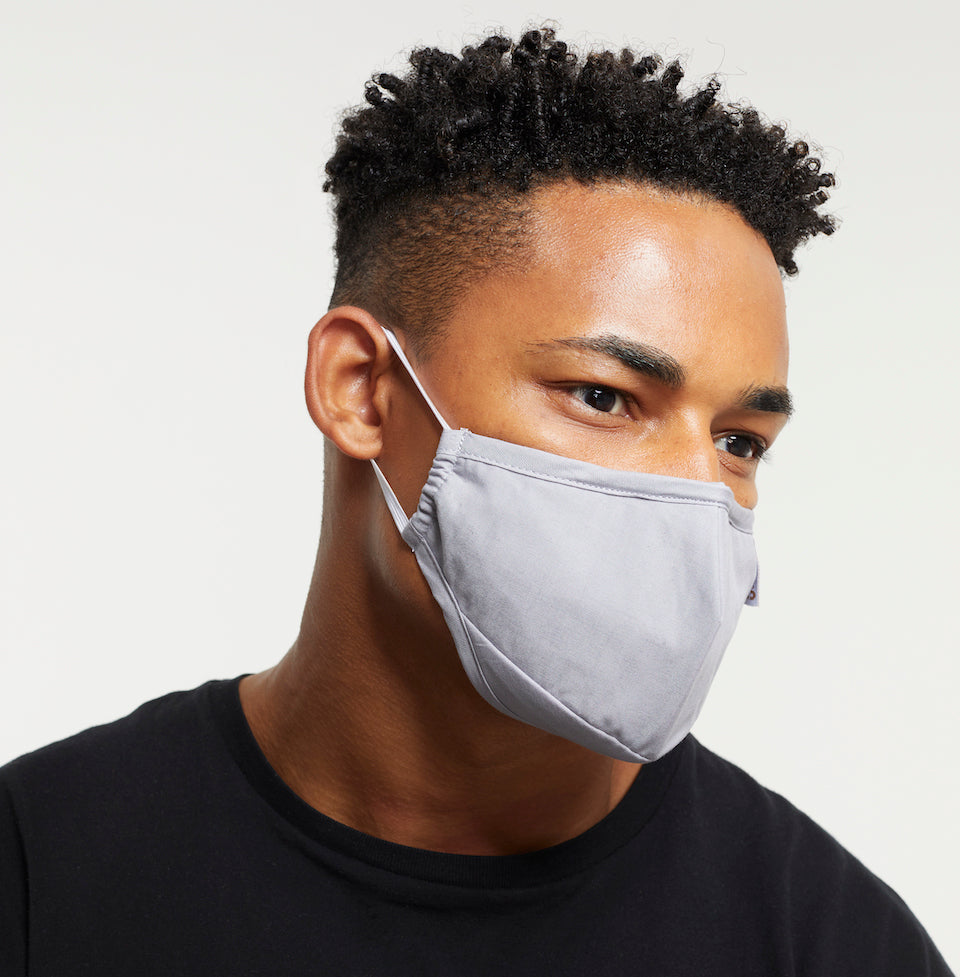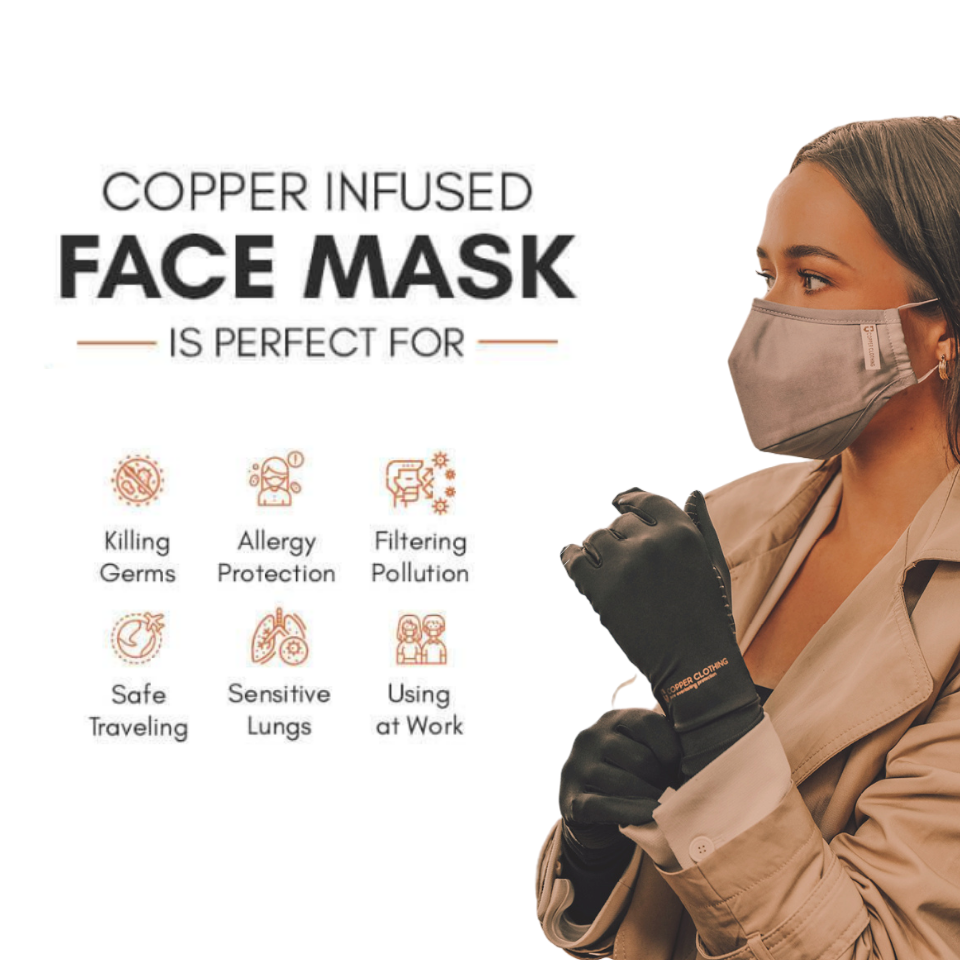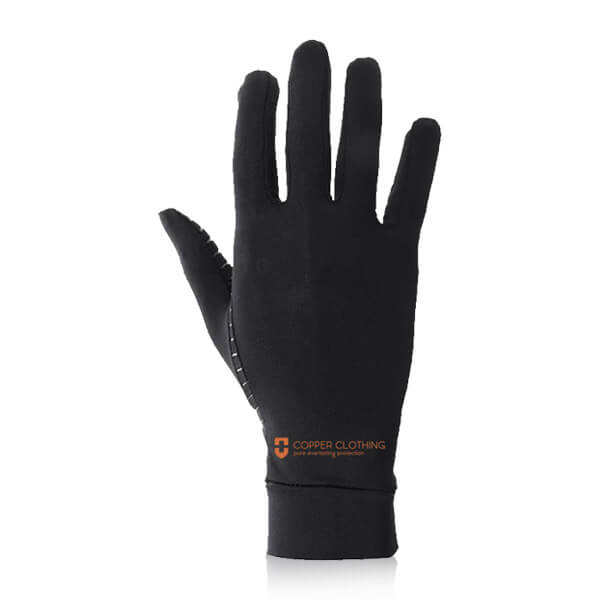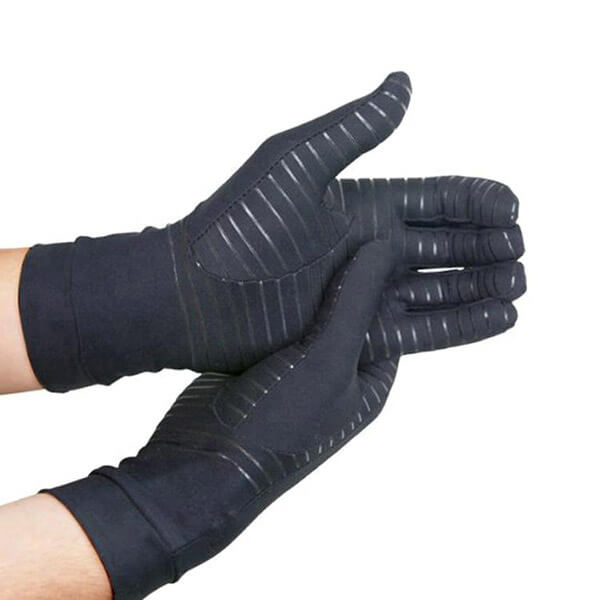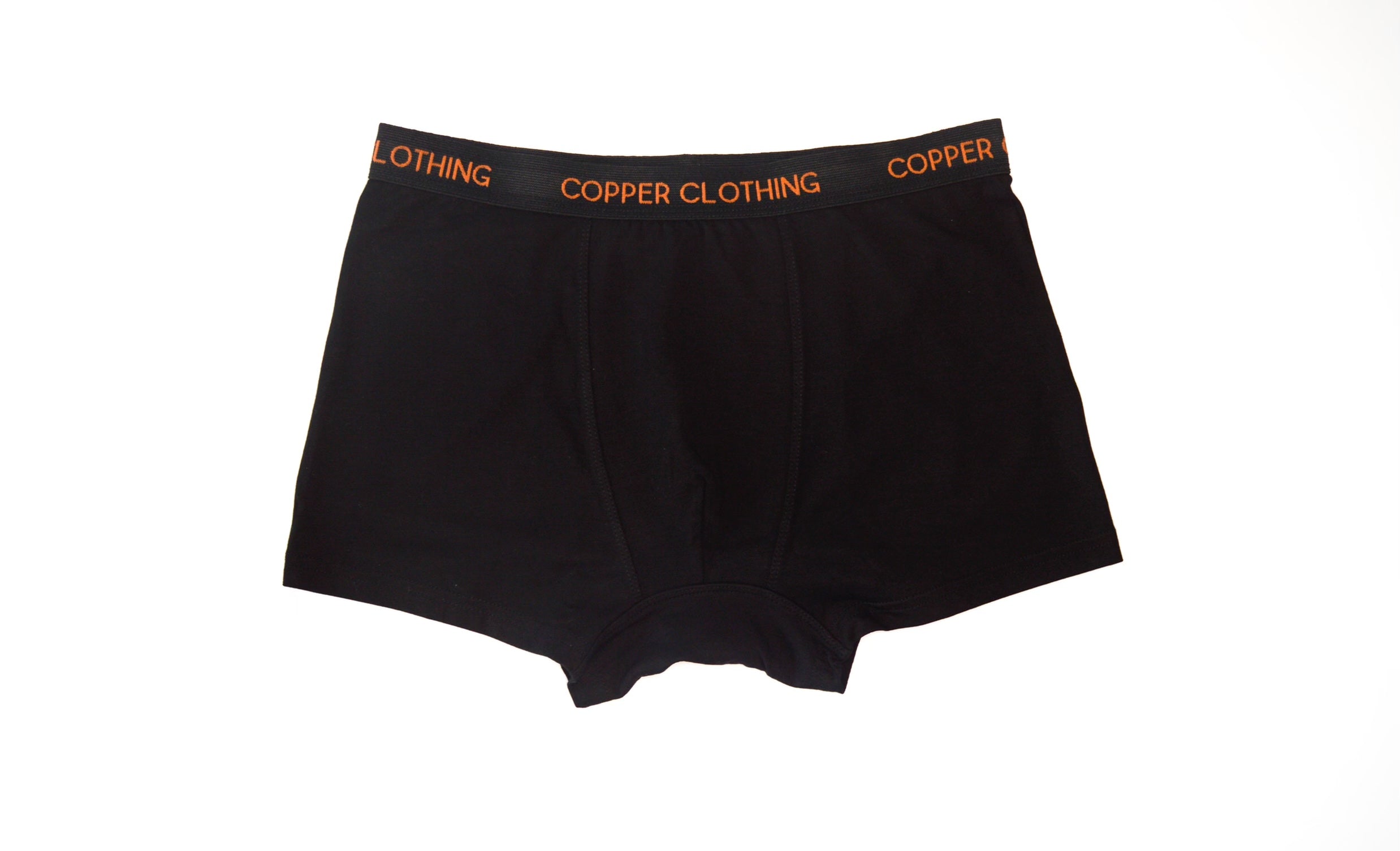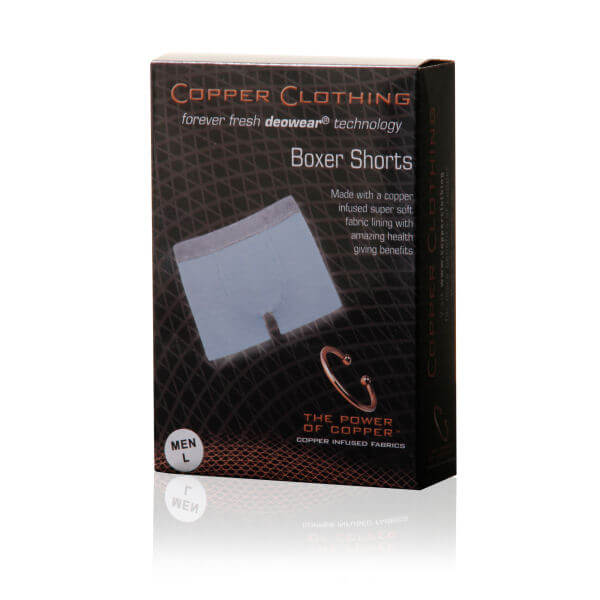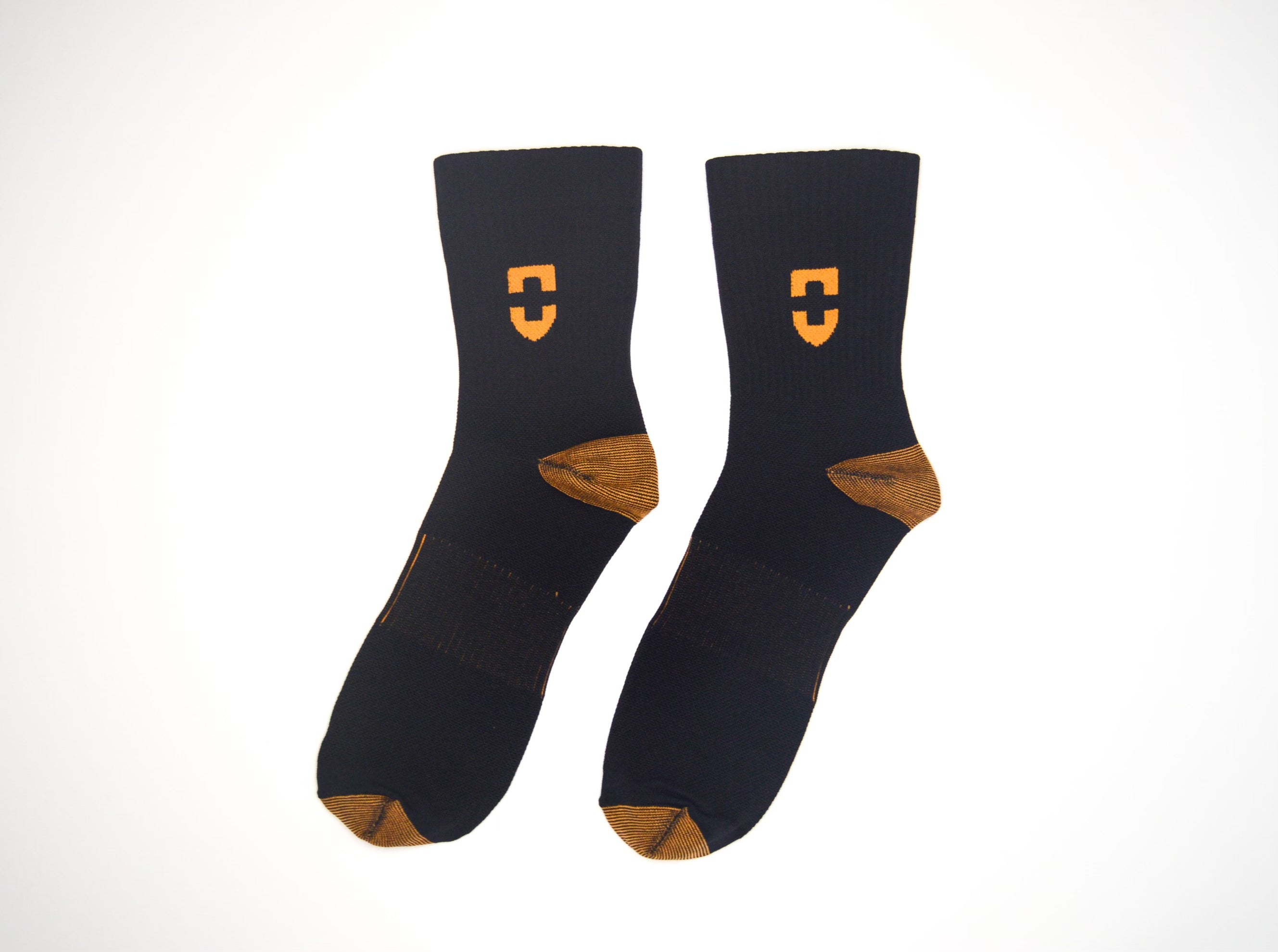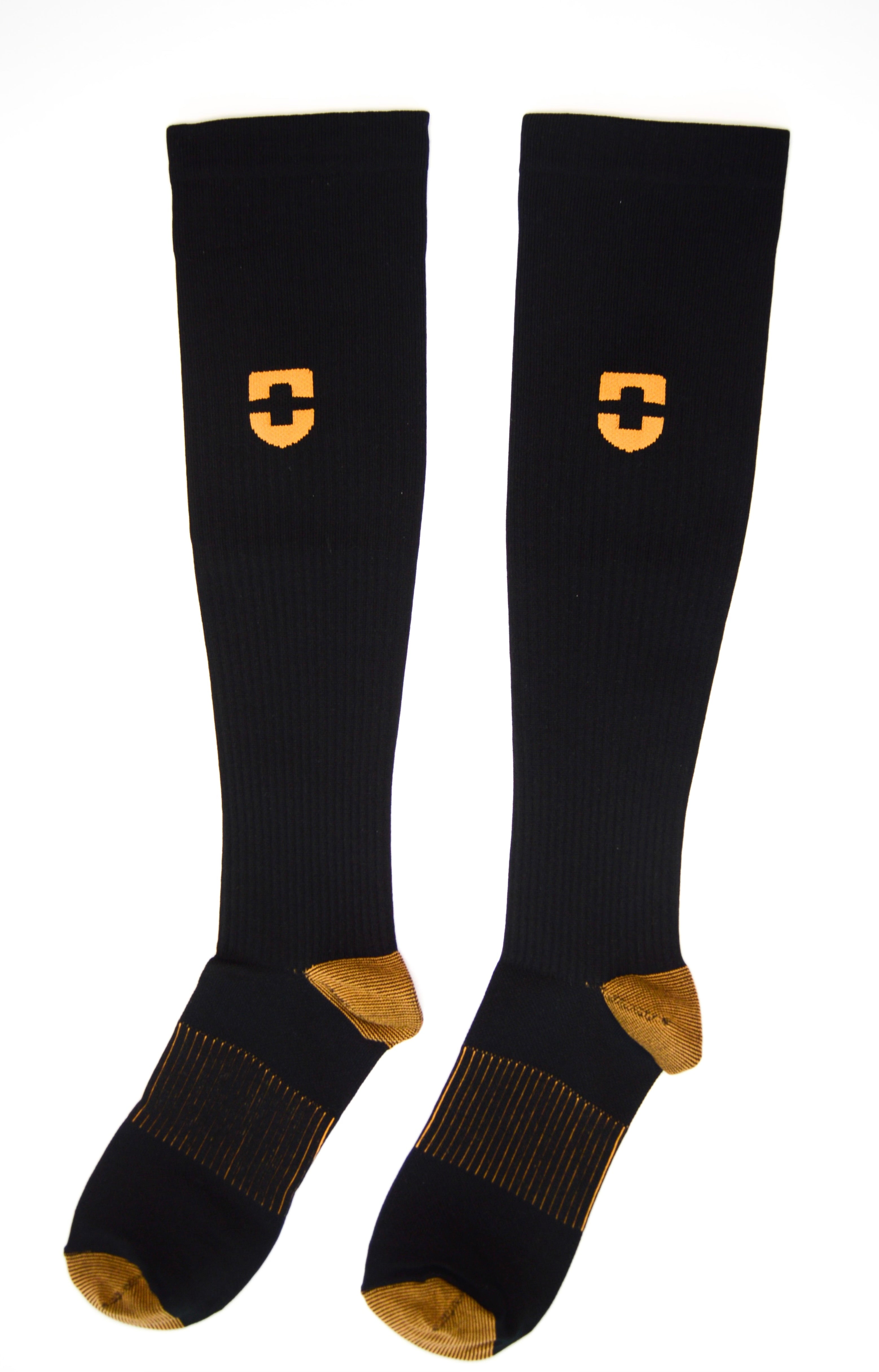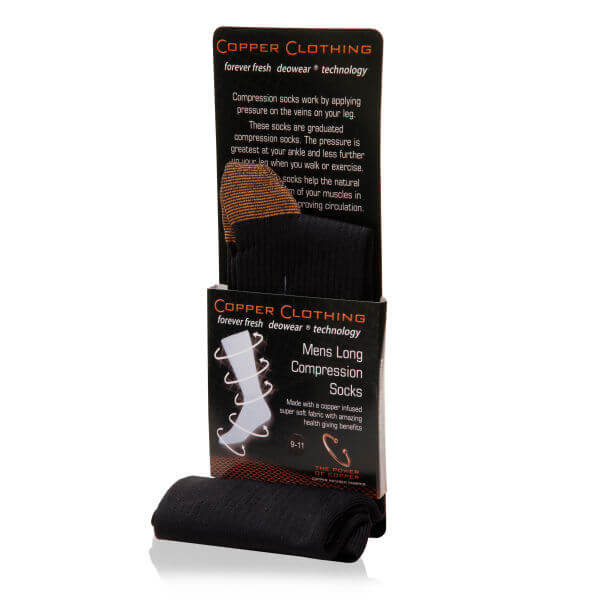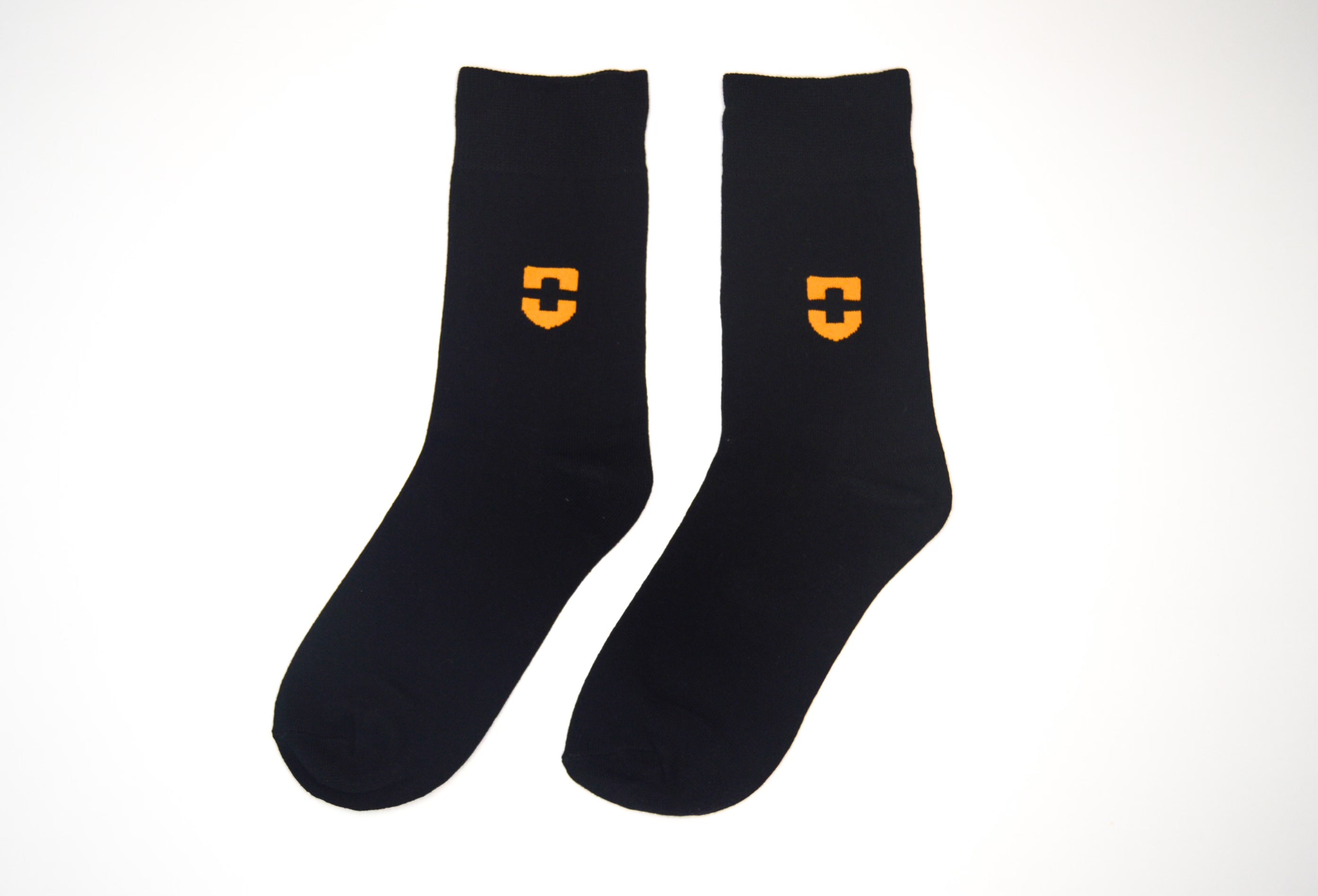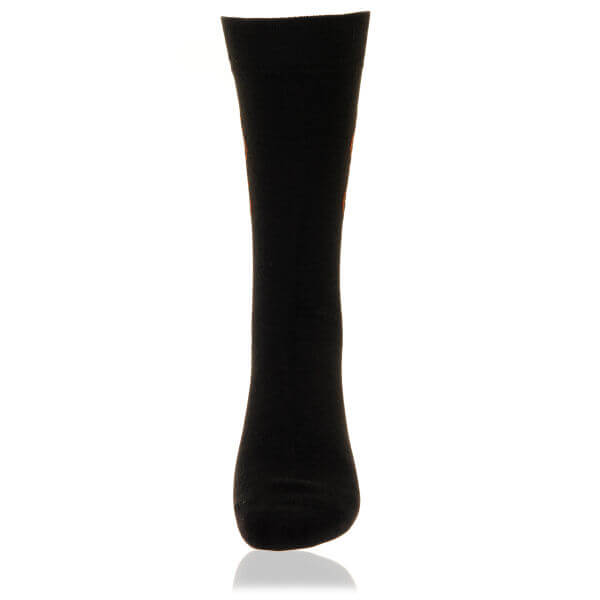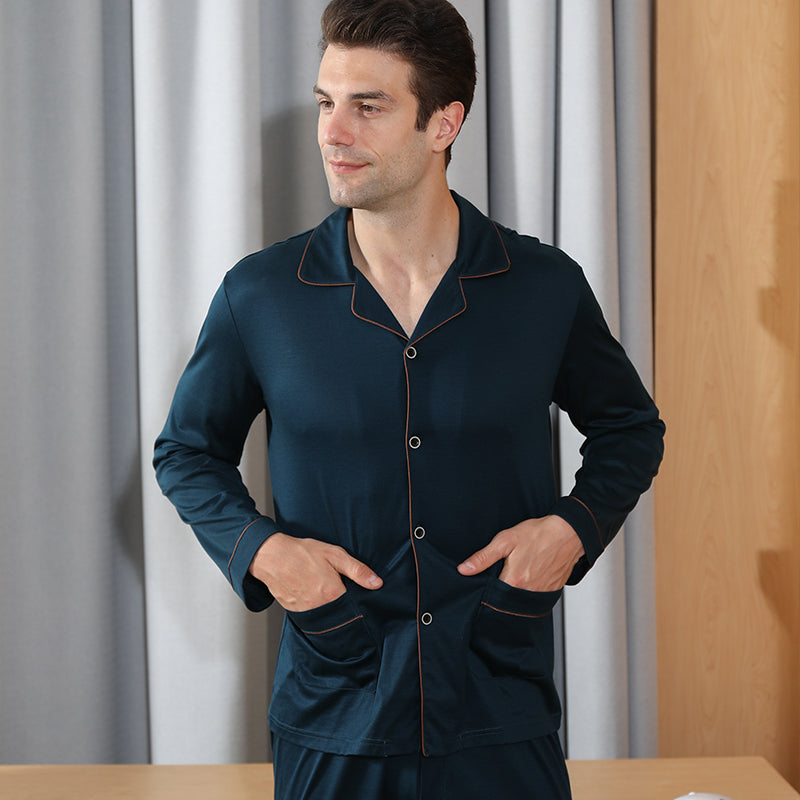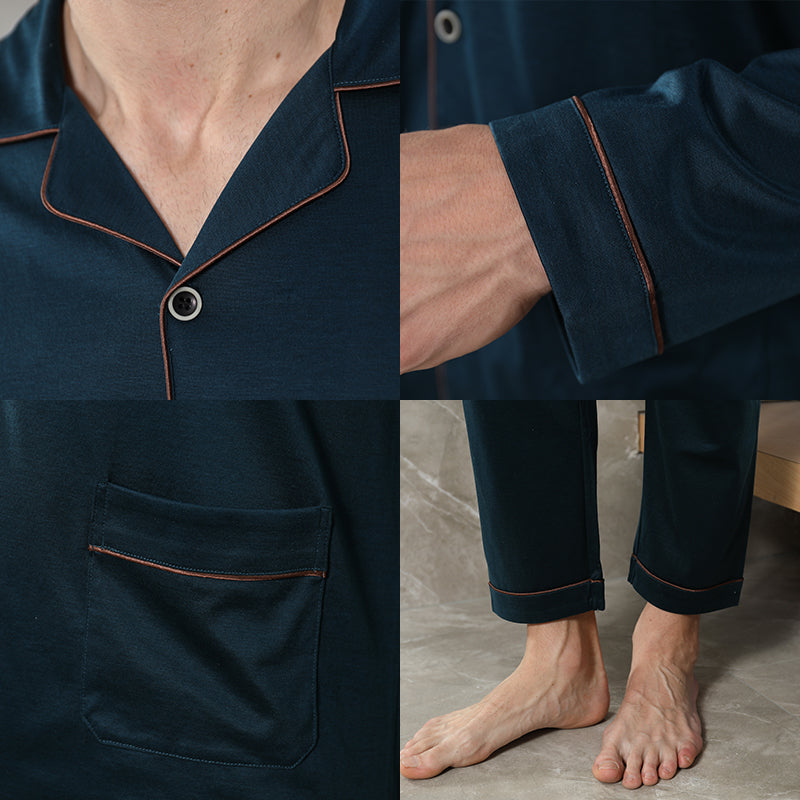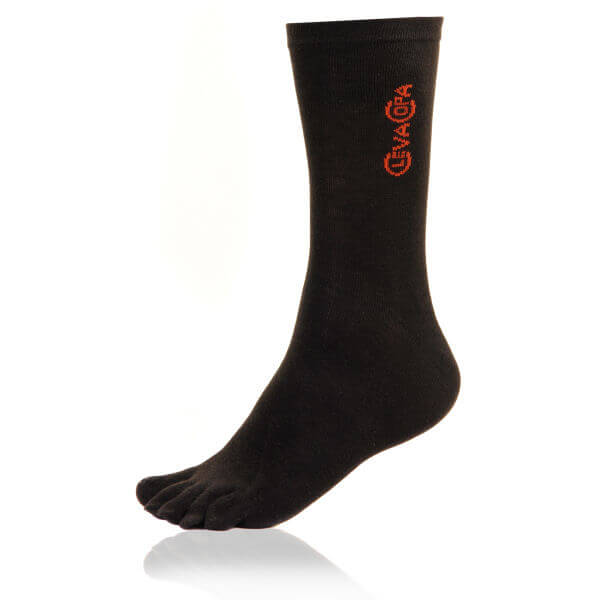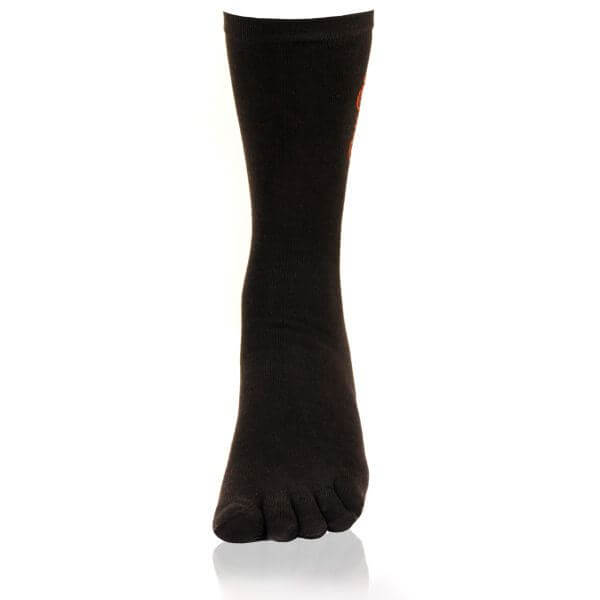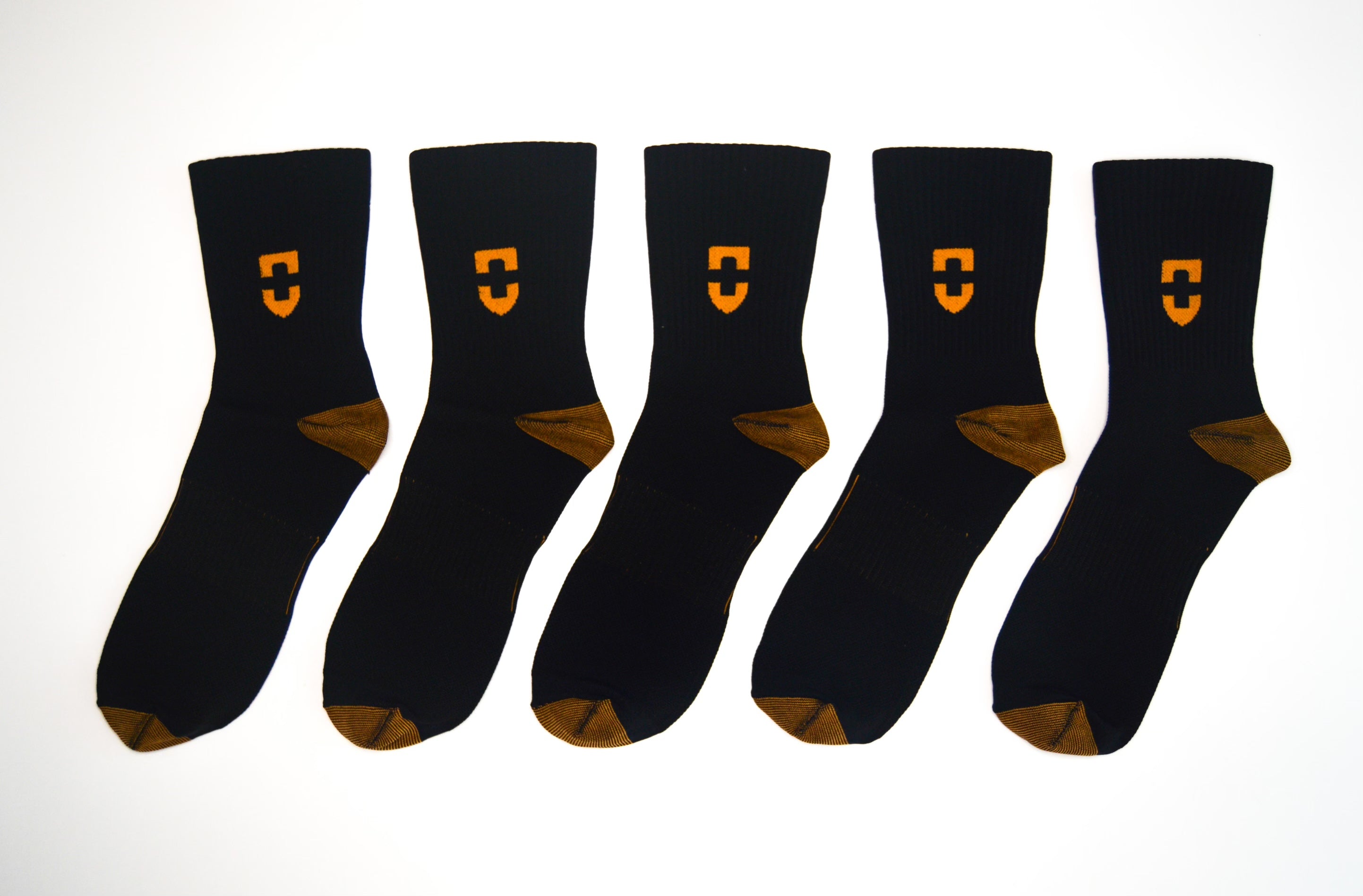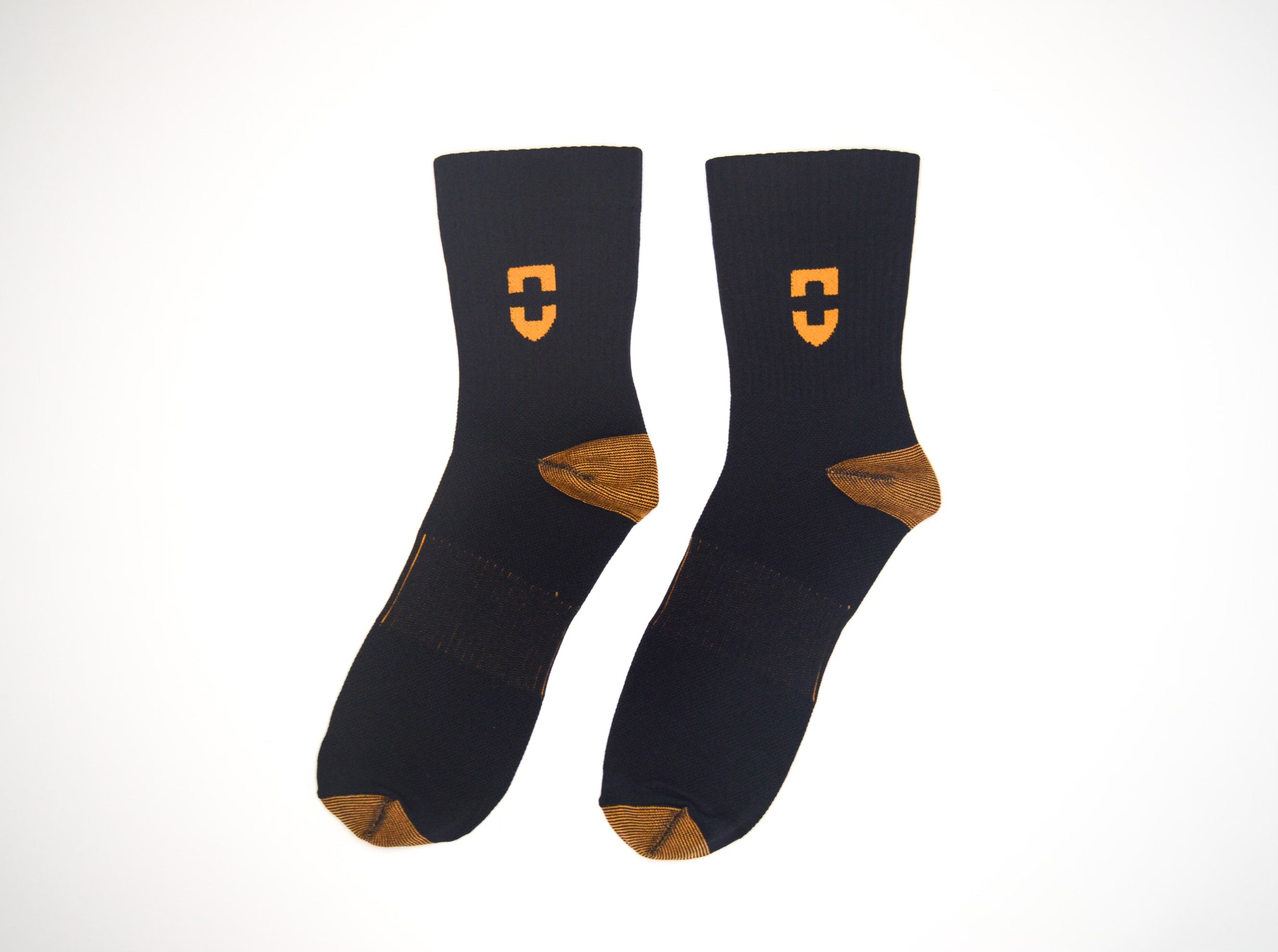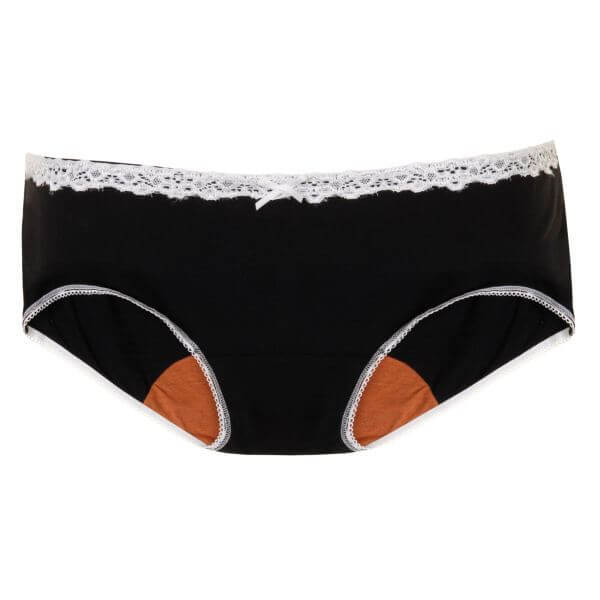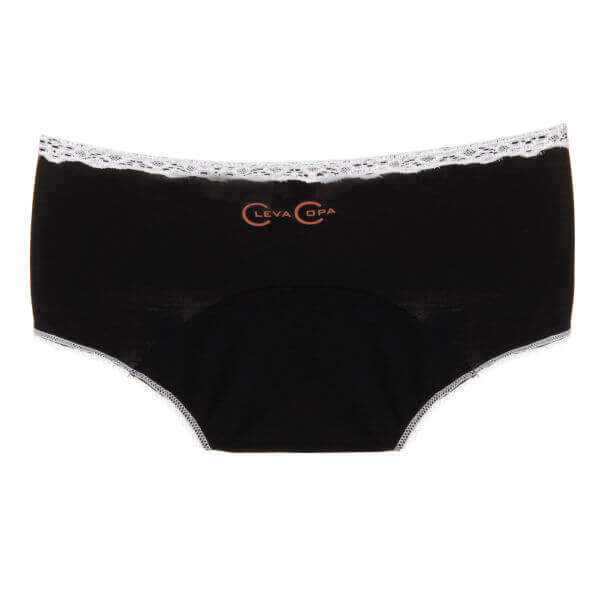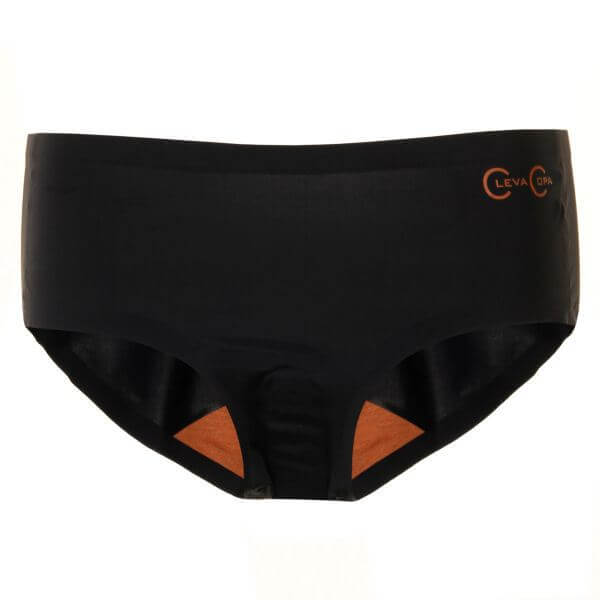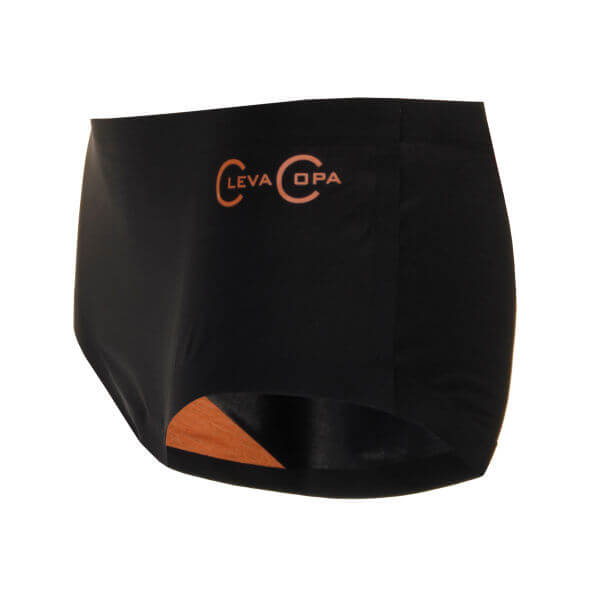Frequently Asked Questions: Copper Infused Face Masks
Published
April 27 2020
Why Should You Consider Wearing a Face Mask?
Studies of influenza, influenza-like illness, and human coronaviruses provide evidence that the use of a medical mask can prevent the spread of infectious droplets from an infected person to someone else and potential contamination of the environment by these droplets. The role of a face mask is to provide a physical barrier to help prevent the spread of infections.
This preventative measure is recommended to be used alongside other preventative measures, like hand-washing and social distancing, in order to significantly reduce the risk of person-to-person transmission.
Can I Choose Not to Wear a Face Mask?
The clear answer is YES, but depending on where you live.
There are mixed opinions amongst Governments across the world which is causing a great deal of confusion. Although all government bodies agree that personal protective equipment should be worn by healthcare professionals, the conflicting rules arise when talking about rules for the public to follow. More than 30 countries, including Germany, China and South Korea, have mandated face coverings outdoors for the public - they have seen it as a critical step especially considering most countries are now planning for a lockdown exit strategy. Although the UK and US government has not yet followed, the Centers for Disease Control and Prevention (CDC) is expected to follow the World Health Organisation's (WHO) guidance that the public should wear cloth masks or other face coverings when they go out.
What Should You Consider When Choosing a Face Mask?
The World Health Organisation recommends the following features should be taken into consideration for non-medical masks:
- Numbers of layers of fabric
- The breathability of material used
- Shape of mask
- Fit of mask
Why Infuse Copper into a Face Mask?
Copper alloys have been used throughout history as a natural, safe and long term anti-bacterial, anti-fungal and anti-viral material. There is a substantial amount of scientific and clinical evidence to now showcase the power of copper ions in the fight against infections. In 1852 Victor Burq discovered those working with copper had far fewer deaths to cholera than anyone else and did extensive research confirming this. In 1867 he presented his findings to the French Academies of Science and Medicine, informing them that putting copper on the skin was effective at preventing someone from getting cholera.
The anti-microbial effect of Copper ions have since been documented, in peer-reviewed published scientific and medical journals, to destroy the HIV-1 (virus) by more than 99.9% in only 20 minutes, Cytomegalovirus (CMV) by 99.9% in only 20 minutes, 99.9% of aerosol viruses such as Influenza (H1N1 / H9N2) as well being known to destroy Coronavirus. Not many people are aware of how much technology has advanced, we are able to now infuse copper ions into various materials including cotton and rubber. Therefore transferring the power of anti-microbial copper into everyday items - making them the first layer of defence for you and your loved ones.
How Many Layers Are There in the Copper Infused KN99 Face Mask?
There are four layers which make up the copper-infused kn99 face mask for maximum protection and comfort.
What is the Role of the First Layer?
The primary layer of cotton is infused with copper ions for anti-bacterial and anti-viral protection. Coronavirus has been reported to live on the outside of medical face masks for up to 7 days. This unique innovation using Copper ions is to help enhance the level of protection and help reduce the risk of spreading the infection that normal face masks (single-use and reusable) cannot provide.
What is the Role of the Second Layer?
The secondary filtration layer is designed to block finer particulate matter for maximum protection. Lab tests conducted on the filtration material highlighted that more than 99% of fine particulate matter was blocked equivalent to KN99 standards. Which is the Chinese equivalent to N99 or FFP3 in the US and Europe respectively.

What is the Role of the Third Layer?
The third layer is made up of a cotton filter lining. The 3D space between them allows superior ventilation and improved moisture absorption.
What is the Role of the Fourth Layer?
The fourth final layer in the Copper KN99 face mask is made of 100% pure, high quality, skin-friendly cotton fabric for comfort.
How Should You Wash the Copper Infused KN99 Face Mask?
It is absolutely imperative to look after the KN99 filtration layer in order to retain the quality and functionality of the mask.
- Step 1: Do not use any washing liquid or detergents and most certainly never use a bleach
- Step 2: Pour distilled water or boiled water (left to rest for 15 minutes) in a bowl.
- Step 3: Soak the face mask for at least 5 minutes in the bowl whilst gently massaging, NOT hard rubbing
- Step 4: Squeeze out any excess water and lay the mask flat to dry naturally
How Often Should You Wash the Copper Infused Face Mask?
It is advisable to wash your face mask at least once a week but depending on preference can be washed more or less frequently.
How Long Will the Copper Infused Layer Last for?
While the benefits of Copper are known to last the lifetime of the product. Wash tests on copper fabrics indicate only 3 parts per million (0.0003%) of Copper ions are lost after 40 washes highlighting how durable the technology is.
This is an extremely negligible amount and highlights, the power of copper will not be lost. It is also important to note that in 2008, the United States Environmental Protection Agency (US EPA) recognized copper as the first antimicrobial metal, approving the registrations of five different groups of copper alloys as anti-microbial materials with public health benefits. This cannot be said for nano-silver infused products which are being banned by various governmental and public bodies, including the EPA, given the significant negative environmental impact when it leaches into water streams.
How Long Will the Secondary Filteration Layer Last for?
Providing the face mask is properly cared for and looked after, the filtration layer of the mask is expected to work up to 50 washes. The KN99 material filter is the most sensitive part of the mask. Therefore, it is important that you follow the washing instructions carefully for your mask to last.
The World Health Organisation (WHO) Mask Management Guidance:
For any type of mask, appropriate use and disposal are essential to ensure that they are effective and to avoid any increase in transmission. The following information on the correct use of masks is derived from practices in health care settings.
- Place the mask carefully, ensuring it covers the mouth and nose, and tie it securely to minimize any gaps between the face and the mask.
- Avoid touching the mask while wearing it.
- Remove the mask using the appropriate technique: do not touch the front of the mask but untie it from behind.
- After removal or whenever a used mask is inadvertently touched, clean hands using an alcohol-based hand rub or soap and water if hands are visibly dirty.
- Replace masks as soon as they become damp with a new clean, dry mask.
- Do not re-use single-use masks.
- Discard single-use masks after each use and dispose of them immediately upon removal.
Note: For hygiene and safety reasons, in the wake of the coronavirus outbreak, we are unable to process return requests for open and used face masks. All face masks purchased from www.copperclothing.com can only be refunded if returned unopened, unused, and in original packaging.









